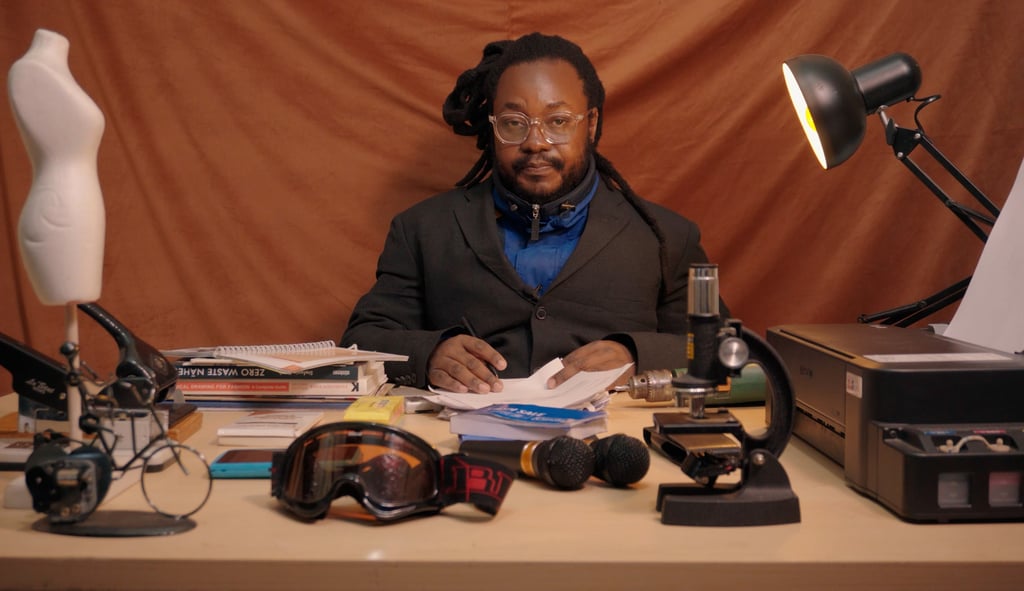Footcast: The Untold Story of African Shoes
Africa was there from the first step. From the Khoi and San’s Veldskoens to Nubian craftsmanship, the history of shoes in Africa is rich, complex, and often erased from global narratives. This article uncovers the hidden chapters of our footwear legacy and asks why the world still hesitates to give Africa its rightful credit.
Sicelo Siyabonga Mabuza
8/11/20252 min read


The Olympics. A spectacle that traces its roots back to ancient Greece, celebrated in honor of the god Zeus. Many know that part. Fewer know the rest, that the early Olympic Games were elitist, sexist, and, yes, quietly racist.
When French aristocrat Pierre de Coubertin revived the Games in the 19th century, it wasn’t for everyone. It was designed for the elite, for men, for those invited. The “inclusive spirit” we now associate with the Olympics was nowhere to be found.
That tendency, to elevate certain histories while erasing others, is something I’ve felt personally in my research on the history of African shoes.
The Search for Africa’s Footprint in Footwear
Like any researcher, I wanted data to build a case. But when it came to African shoes, the trail was faint. Online, there’s no shortage of detailed accounts of European footwear history, dates, names, designs, and even quotes from the makers. But African shoe history? Scattered fragments, often brushed aside.
Most references focus on Egypt. It’s as if the rest of the continent is irrelevant. Armenia is credited with the “first discovered shoes,” Mesopotamia gets a nod, and the narrative moves quickly to Greece and Rome - complete with intricate details - leaving Africa’s broader contributions in the shadows.
What the Records Don’t Say
Egypt, of course, had shoes, as well as sandals worn by adults and children alike. They weren’t a novelty; they were simply part of life. But the African shoe story goes far beyond the Nile. Research links footwear traditions to the Copts and Nubians (in present-day Sudan and South Sudan), suggesting a broader network of shoemaking across the continent.
Africa has always been a place of movement, exchange, and influence. Our ancestors likely traded ideas, materials, and designs, yet much of this is ignored or buried in academic papers. Names of original shoe types are left unrecorded, their cultural context erased.
The Khoi, the San, and the Veldskoen
Recent research sheds some light: the earliest shoes found in South Africa belonged to the Khoi and San peoples. Known today as Veldskoens, these designs are being referenced by modern technologists to reconstruct “the world’s first shoes.”
And yet, little credit is given to Africa for this innovation. This is the same continent recognized as the birthplace of human cognition, tool-making, and arguably the first fashion. So why would shoes be excluded from that legacy?
If the terrain was harsh, of course, people needed footwear. The fact that the Khoi and San designs are still relevant today tells us they weren’t an afterthought. They were a fully realized craft.
Reclaiming the Narrative
What frustrates me is how history gets rewritten to suit a select few. Just like the Olympics were reimagined for the elite, the story of shoes has been filtered through the lens of Western scholarship. The result? Africa’s contributions are reduced to footnotes.
But the evidence is there. From ancient Egypt to the Nubian pyramids, from Ethiopian craftsmanship to Khoi and San ingenuity, Africa has been walking this path for millennia. It’s time we name it, honor it, and put it back where it belongs: at the forefront of global history.
Conclusion
If we can recognize Africa for birthing the first tools, we should also acknowledge it for creating the shoes that helped us walk into our shared human future.

